Advertisement
A stretched out tendon may be to blame

Are your feet getting flatter? They probably are to some extent. “Having flat feet that are functional and don’t cause symptoms is very common,” says orthopaedic surgeon Mark Berkowitz, MD. Painful flatfoot is less common. But when it happens, it can be treated.
Advertisement
Cleveland Clinic is a non-profit academic medical center. Advertising on our site helps support our mission. We do not endorse non-Cleveland Clinic products or services. Policy
With flat feet, the arch flattens and the entire sole of the foot has contact with the floor when standing. Some people are genetically predisposed to having flat feet. They never develop much of an arch in their foot. This is normal and doesn’t cause any symptoms. Flatfoot can also develop later in life.
The most common cause of painful flatfoot in adults is a problem with the posterior tibial tendon. (That’s a tendon that goes behind your ankle and attaches to the bones on the inside of your foot. It holds your arch up and provides support when your foot pushes off the ground.)
Wear and tear can cause the tendon to stretch out or develop tears over time.
This may cause pain and swelling on the inside of the ankle and foot. “As the foot changes shape, there can also be pain on the outside of the foot,” Dr. Berkowitz says. Over time, one arch may look different than another. The heel can shift so that it is no longer aligned with the rest of the foot.
You shouldn’t just accept the pain that can accompany flatfoot. Treatment starts with supporting the tendon with custom-made orthotic devices worn inside sturdy shoes. You can also try nonsteroidal anti-inflammatory drugs (NSAIDs), low-impact aerobic activity (like pool exercises) and weight loss, if needed.
Using topical NSAIDs, like diclofenac (Voltaren gel®), may carry less risk for developing stomach and heart problems than their counterparts in pill form, Dr. Berkowitz notes. Topical NSAIDs can be especially effective for thin-skinned areas of the body, such as the foot.
Still no relief? Surgery is an option. The outpatient procedure involves transferring a nearby tendon to take the place of the posterior tibial tendon and making cuts in the bones to realign the arch. The bones and tendons take about three months to heal, but full recovery can take up to a year.
Having flattened arches for a long time can lead to osteoarthritis from accumulated damage to the joint below the ankle (called the subtalar joint) and the joint in front of the ankle (called the talonavicular joint). With osteoarthritis, the cartilage covering the end of bones at joints wears down. This most often occurs in older adults, but it can also affect people in middle age.
The symptoms from the osteoarthritis caused by flatfoot are similar to that of flatfoot caused by a problem with the posterior tibial tendon.
“Loss of motion will be detected on a physical examination,” Dr. Berkowitz explains. A joint problem can also be distinguished from a tendon problem with an X-ray, which will show evidence of arthritic changes.
How to get relief from painful foot arthritis caused by flatfoot? Options include NSAIDs (either in pill form or topical), weight loss and shoe orthotics. You might also benefit from an ankle foot orthosis, which combines an orthotic with an ankle brace.
Advertisement
Surgery is an option if these more conservative measures don’t provide you with enough relief. Hindfoot fusion surgery involves repositioning the affected hindfoot joints to correct the flat foot deformity and then fusing the bones together to eliminate the arthritis.
This article originally appeared in Cleveland Clinic Arthritis Advisor.
Advertisement
Learn more about our editorial process.
Advertisement

Safety, hygiene and technician training are among the biggest benefits of a ‘medi pedi’
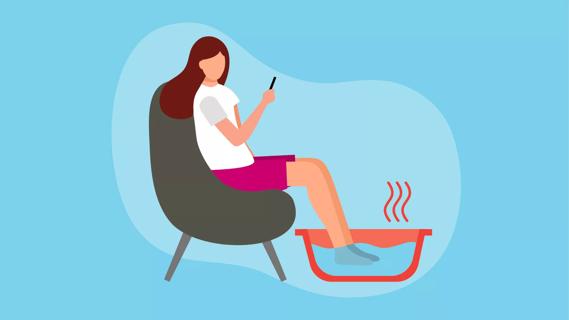
Except in certain medical scenarios, foot health experts rarely recommend foot soaks
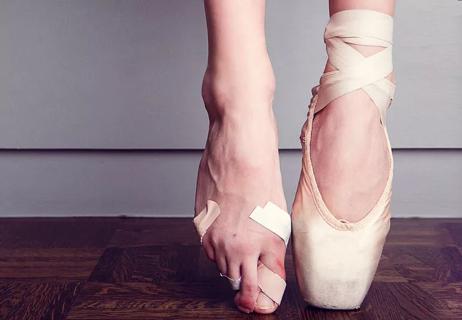
Poorly fitting footwear and overuse injuries can knock you ‘off pointe’
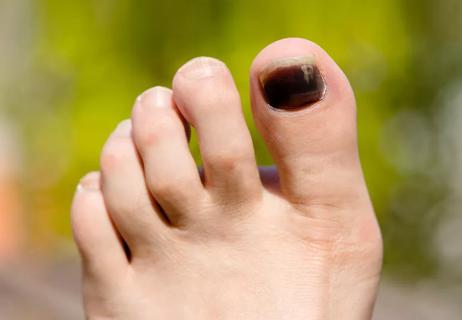
A few precautions can keep your toenails from turning black and falling off
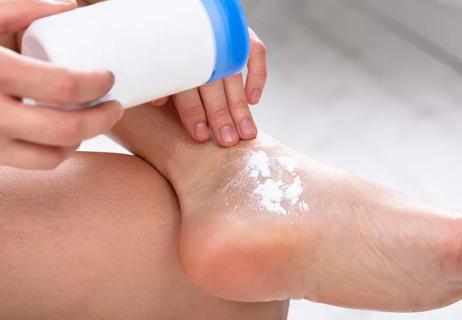
Sweat plus bacteria equals sour-smelling feet

If they don’t fit well in the store, they won’t fit any better at home
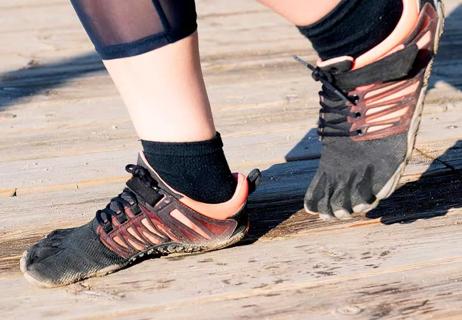
One thing is for sure: This footwear definitely kicks up controversy
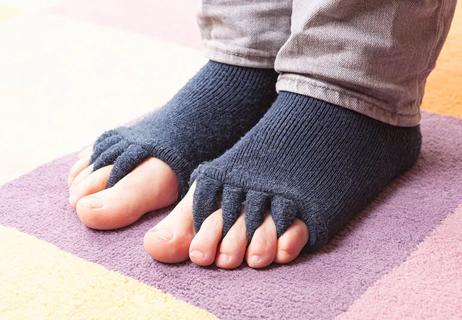
Toe spacers and separators can add some comfort, but they’re not a fix-all

Your metabolism may torch 1,300 to 2,000 calories daily with no activity

A gentle touch in all the right places may help drain your sinuses